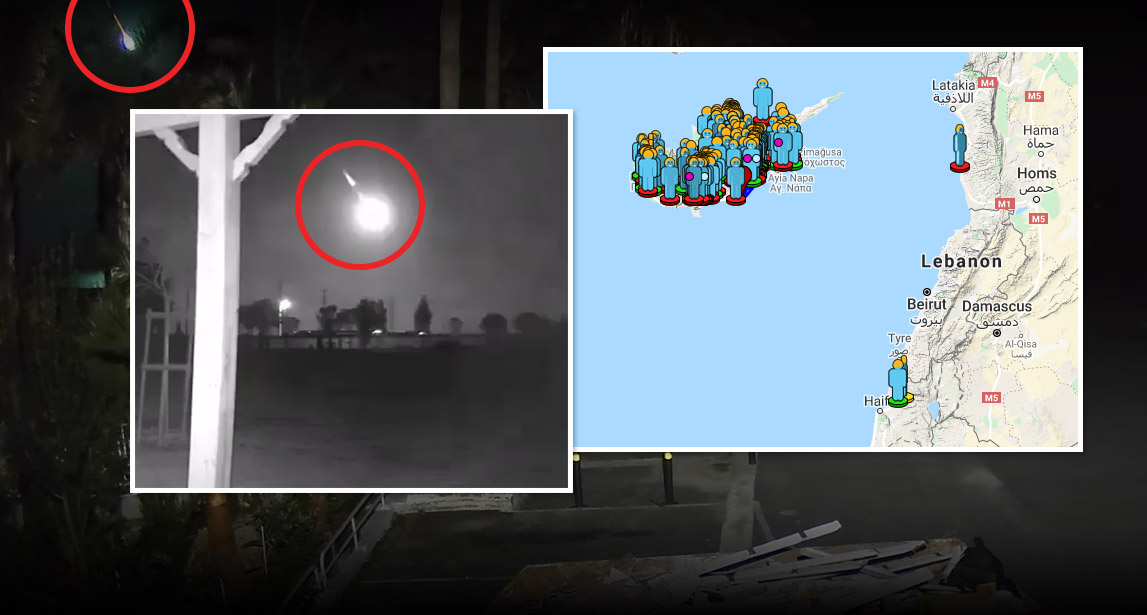
Meteor Activity Outlook for February 01-07, 2020
During this period the moon reaches its first quarter phase on Sunday February 2nd. At this time the moon will lie 90 degrees east of the sun and will set between midnight and 01:00 local standard time (LST). As the week progresses the waxing gibbous moon will enter the morning sky, shrinking the window of opportunity to view meteor activity under dark skies.
 American Meteor Society
American Meteor Society



















